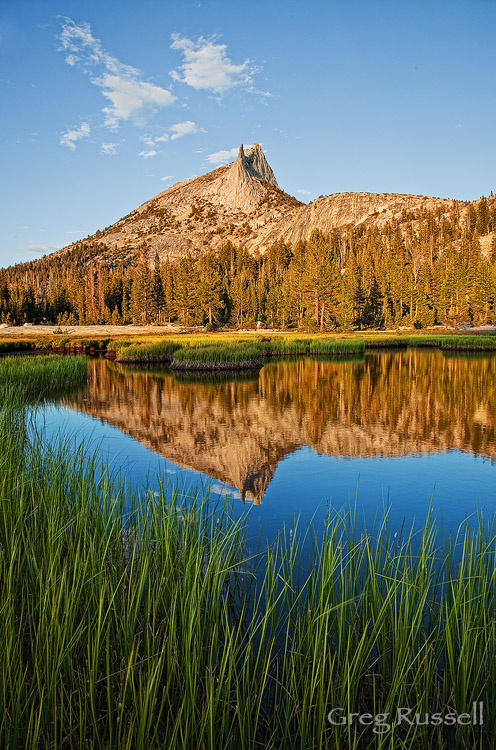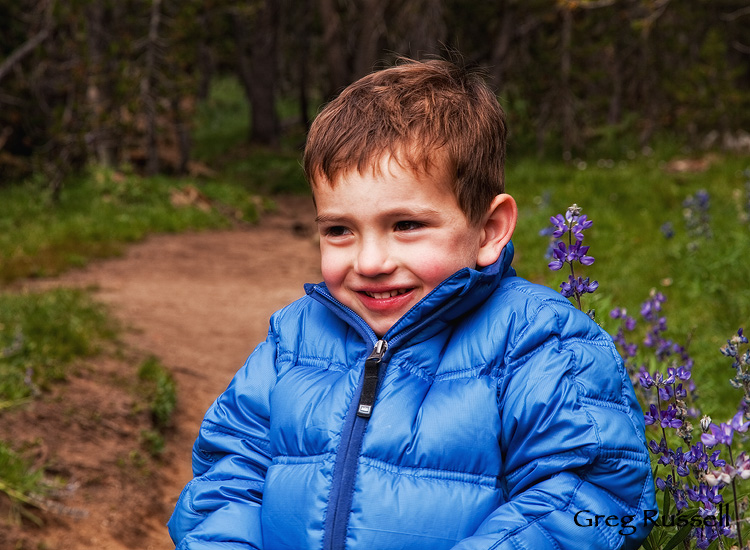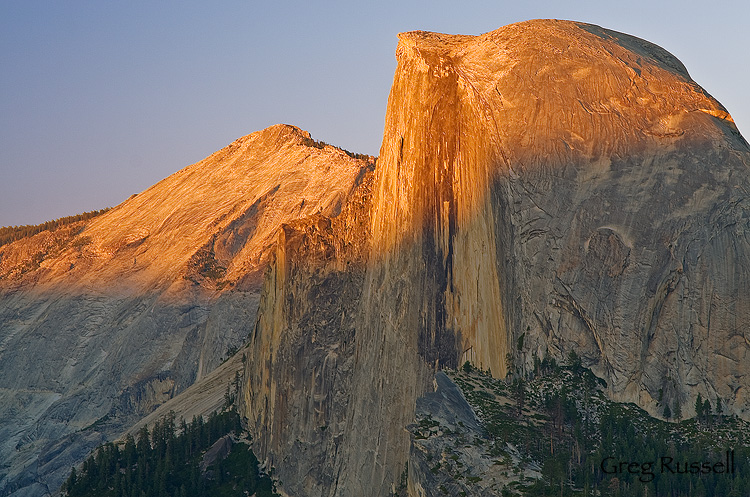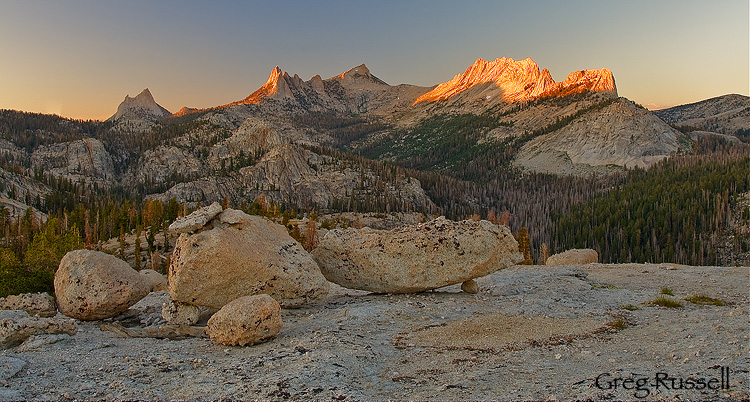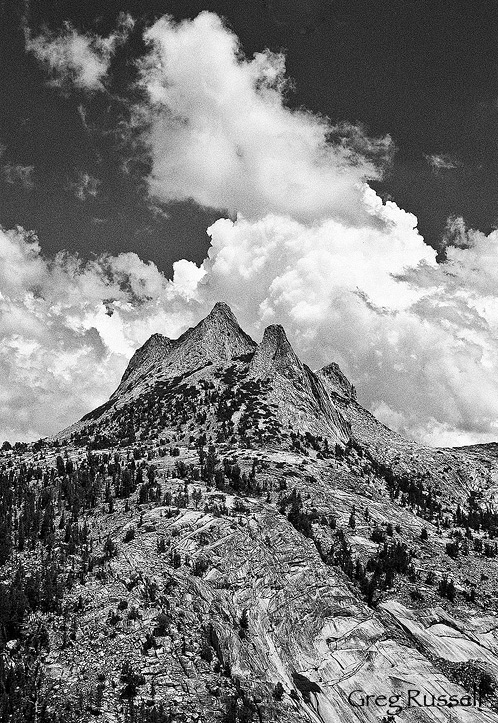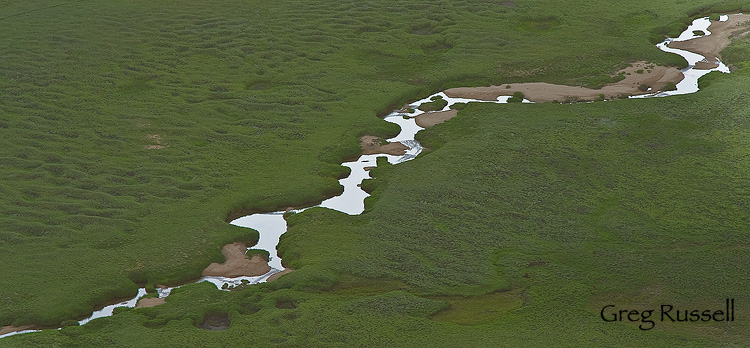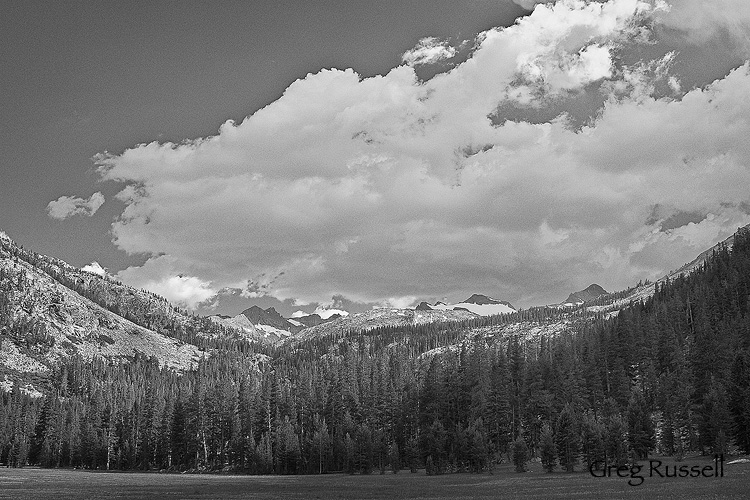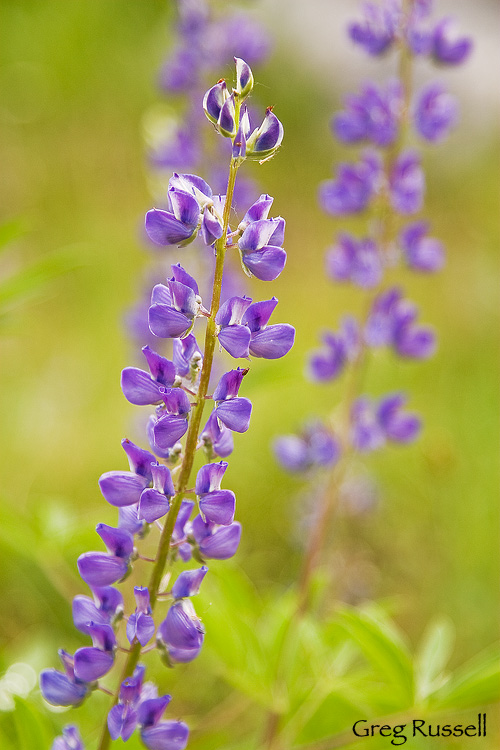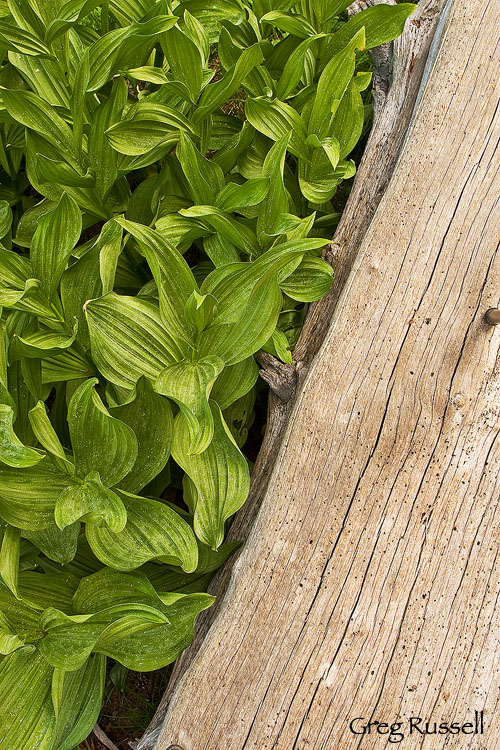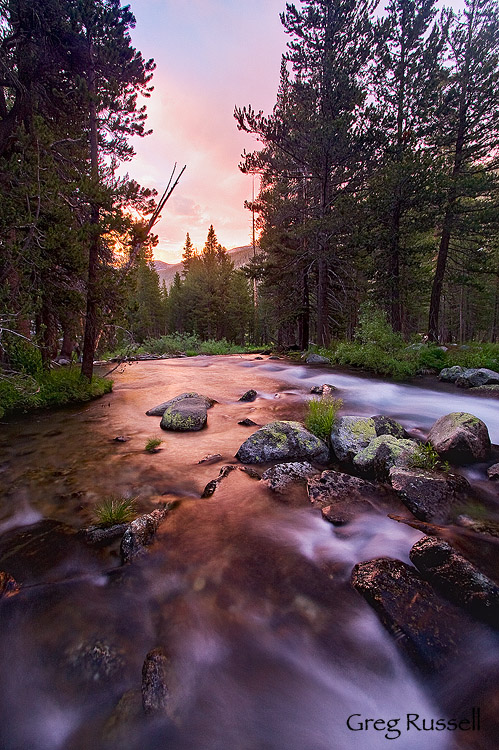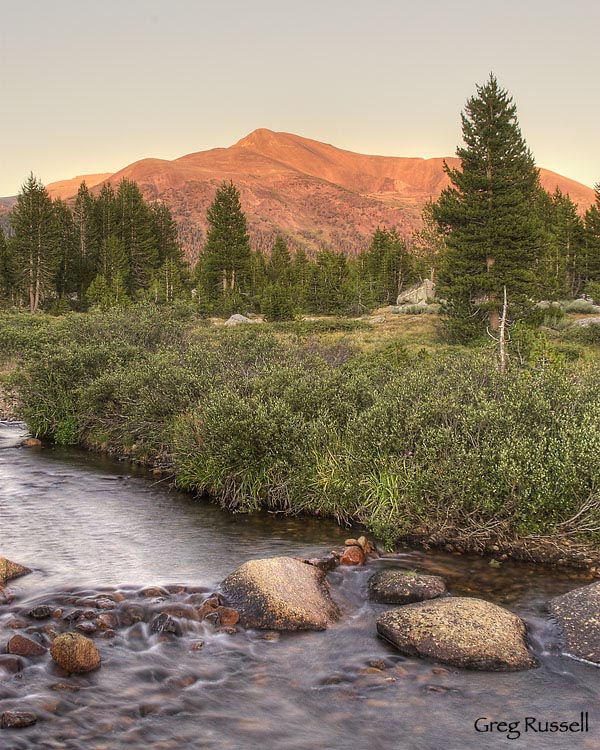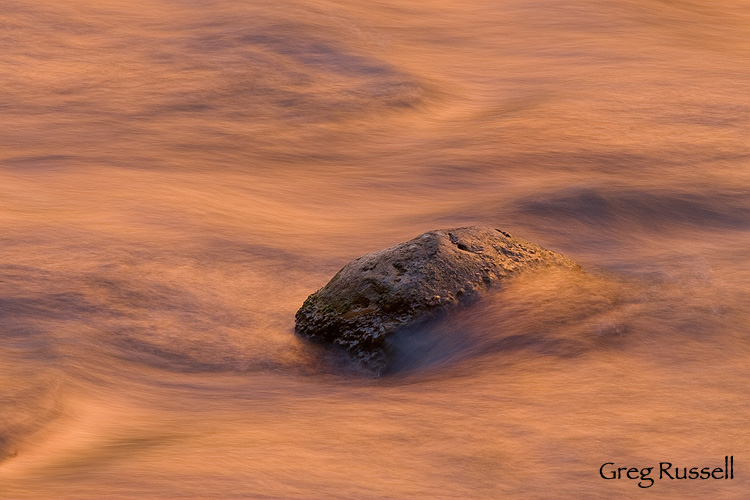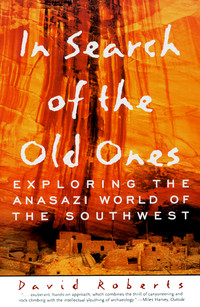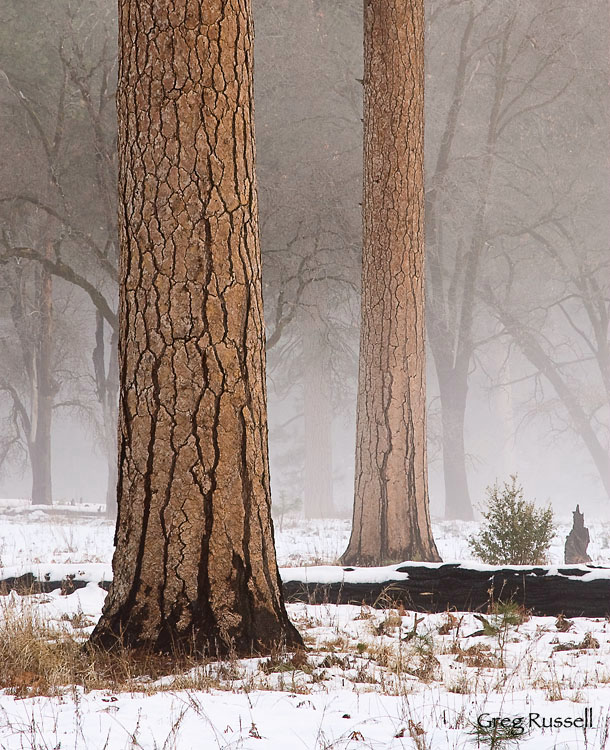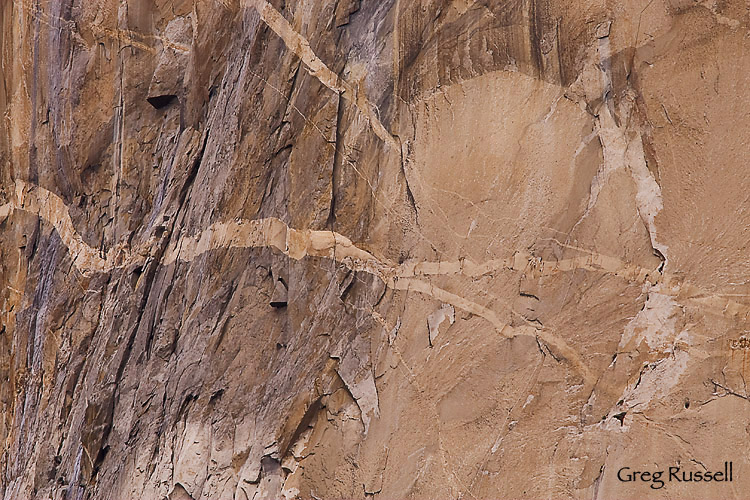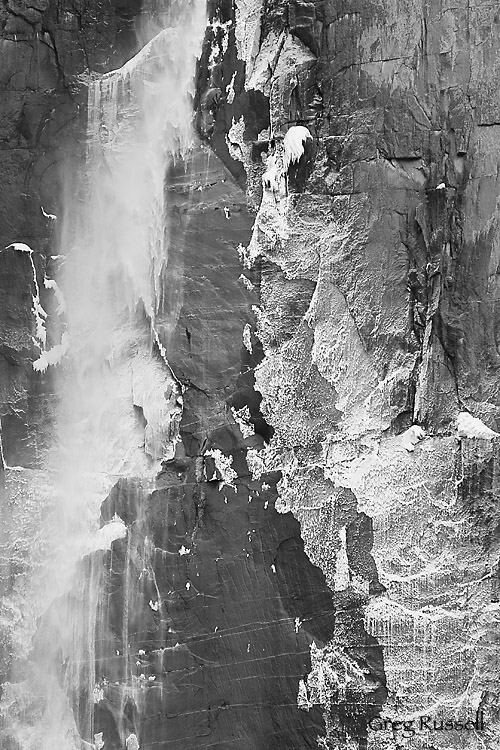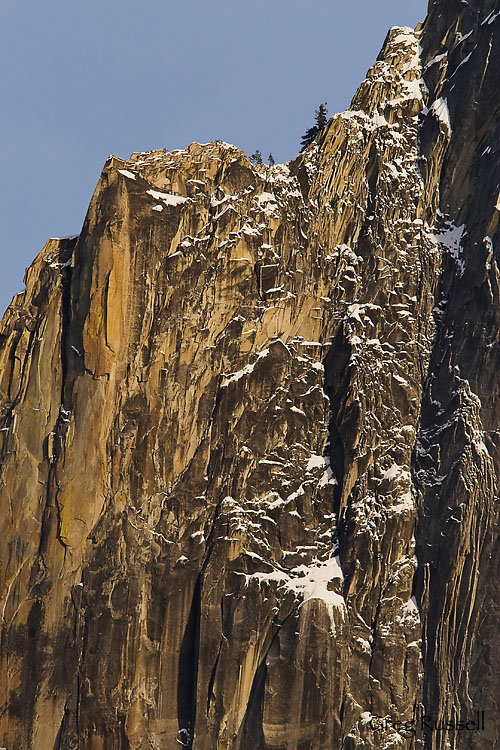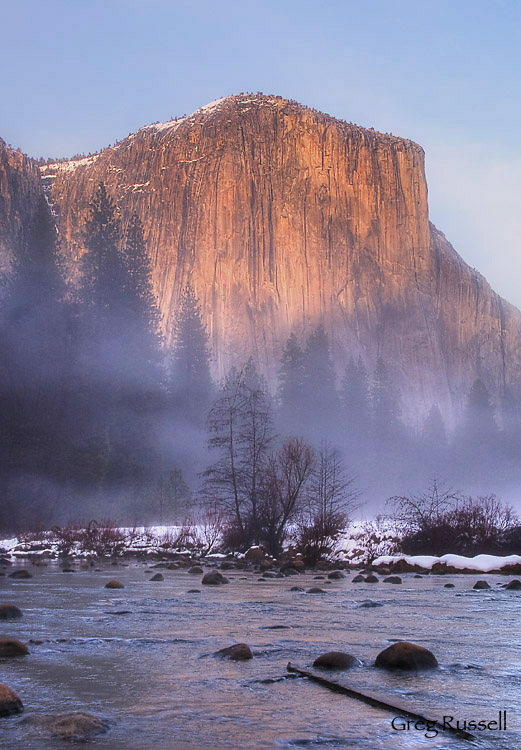A couple of posts ago, I wrote about our son, what we can learn from children, and most importantly, that he was “training” for his first big boy backpacking trip. This past weekend, we visited the Cathedral Lakes in Yosemite National Park, and although a trip like this with a small child had the potential to turn out really badly, it ended up being very enjoyable. The success of the trip was due to quite a bit of luck, planning, collaboration between my wife and I, and as I wrote last time, a new way of seeing.
Ever since Owen was a small baby (even before he was born), he’s been in a walking family. When my wife was pregnant, she walked about 8 miles a day, and since then we’ve walked with him. For almost 2 1/2 years, he rode in a baby carrier (even on his first backpacking trip). So, leading up to the day he finally hiked by himself, he understood what hiking was about.
Still, children are anything but fast on the trail, so a reward system for small accomplishments was key. My wife carried a sticker book and let him choose stickers as rewards often. Although the pace probably felt rushed to him, to an adult, it can feel slow–glacially slow. For all but the most patient individual, it becomes easy to let frustration with the pace creep in. To help avoid that, my wife and I took turns hiking ahead, just to feel like we were making a little faster progress. That said, the most important lesson learned here is to enjoy the journey for its own sake. The day’s endpoint is not the goal–not by a long shot.
You might remember my post from a year or so ago–Range of Light–in which I described Owen’s first backpacking trip. As a parent, you can’t take this sort of trip lightly. In a sense, this is “make it or break it” time–during these formative years, you have the opportunity for your child to forge a connection with the wilderness. To say that wilderness is our heritage may be cliché, but it is the greatest gift we can leave future generations. Perhaps even more important than fighting for it, we must teach our children to be stewards for the land.
To this end, a trip like this isn’t about you, its about your kids…the future. As a result, the photographer in you may find you get as much time to scout locations, and set up as you’d like. Although my wife is incredibly accommodating, with a 3-year-old in camp, there are chores to be done, and they take longer than normal. I found myself rushing out of camp as the light changed, shooting for 30 minutes, and coming back to check on the family.
The more I contemplate the motivations behind my own photography, I become more and more convinced that understanding my own sense of place is crucial. As a result, emphasis shifts to the experience rather than the image harvest–I have never understood the idea of taking 1,000 frames in a weekend and taking 6 months to process them. Spending time with my family in the backcountry–letting my son establish his own sense of place–and making a few quality, heartfelt images along the way seems to be the way to go.

